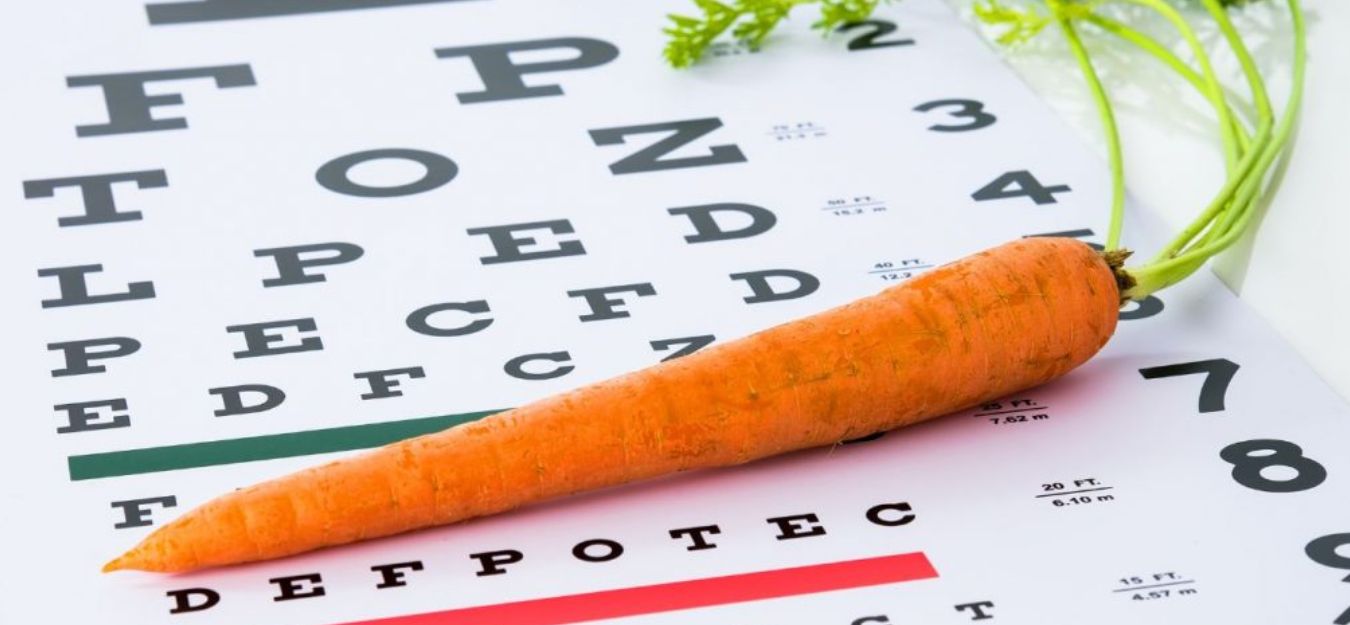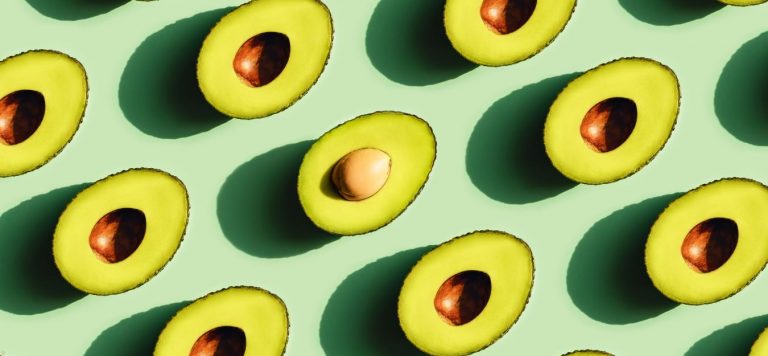A Diet for Healthier Eyes
Eye health is often overlooked when people consider their diets. With the heart and gut receiving more people’s attention, it is easy to forget the importance of maintaining healthy eyes. By eating a combination of the foods listed below, the development of various eye diseases, such as cataracts and macular degeneration, can be avoided, ensuring that the eyes are healthy and fully functional for years to come.
7 Foods for Optimal Eye Health
1. Leafy Greens
Dark, leafy greens, such as spinach and kale, are a great source of vitamin A, which aids vision as well as supports the body’s immune system. These greens also contain high levels of zeaxanthin and lutein, which can protect the eyes from ultraviolet damage, thereby decreasing the likelihood of macular degeneration and cataracts developing on the eye.
Leafy greens are also rich in antioxidants, which promote blood flow. While this is beneficial to the health of the entire body, the eyes are one of the most nutrient-hungry organs in the body. Therefore, increased blood flow provides the eyes with additional nutrition and can shield them from the damage caused by both ultraviolet rays and blue light.
2. Raw Red Peppers
Bell peppers provide more vitamin C per calorie than any other fruit or vegetable. This is significant for the maintenance of eye health because vitamin C plays a crucial role in the body’s consumption and distribution of oxygen. Regularly consuming bell peppers, therefore, can reduce oxidative stress on the eye and prevent the development of cataracts on the lens.
When bell peppers are cooked, the heat will cause the vitamin C to break down. To maximize the benefits of eating bell peppers, it is better to eat them raw. Choosing brightly colored peppers, particularly red peppers, increases the levels of vitamins A and E found within them, which are also great for the maintenance of eye health.
3. Fish
Salmon, trout and tuna are all types of oily fish that include high levels of Omega-3. Regular consumption of this fatty acid can significantly decrease the risk of glaucoma and age-related macular degeneration (AMD). Recent studies have shown that consuming dark, oily fish meat two to three times a week can lower the chances of developing AMD.
Omega-3 can also serve to reduce, and even reverse, the effects of dry eye. As people age, they are more likely to experience dry eye, however, excessive exposure to blue light, such as that produced by electronic screens, has also been proven to cause dry eye. Supplementing a form of oily fish into an individual’s diet can counteract the irritation caused by dry eye.
4. Citrus Fruits
Some foods for eye health include citrus fruits, such as oranges, grapefruits and lemons, into meals can boost the amount of vitamin C in a person’s diet. As with bell peppers, the vitamin C present in these fruits will increase blood flow to the eyes and, thereby, maximize the amount of nutrition they receive. This reduces the risk of macular degeneration as well as cataracts.
5. Beans, Nuts and Legumes
For vegetarians and vegans, nuts and legumes are excellent alternative sources of Omega-3 fatty acids. These acids reduce the risk of macular degeneration and can reverse the effects of dry eye.
These foods also contain high levels of vitamin E, another effective antioxidant that can promote eye health as well as aid the body’s immune system. Legumes and beans are rich in zinc, which is also present in the retina and its surrounding tissues. Studies have proven that regularly consuming zinc can slow the development of AMD and reduce night blindness.
6. Carrots
Most people are familiar with the old wives’ tale that eating carrots can help night vision, however, scientific research has proven that carrots can actually promote eye health. This is due to the high levels of vitamin A found in carrots. Vitamin A forms part of a protein called rhodopsin, which aids the retina as it absorbs light.
Vitamin A is another powerful antioxidant, thereby sharing the perks of consuming vitamins C and E.
7. Lean Meat and Poultry
Eating meat is another great way to introduce zinc into the body. Recent studies have revealed that zinc is involved in the formation of visual pigments in the retina, as well as serving to deliver vitamin A from the liver to the retina.
While beef contains higher levels of zinc, it is better to stick to leaner meats and poultry. This is due to the level of fat found in red meat, which can lead to high cholesterol, and the impact it can have on the stomach’s natural microbiome.
Eye-Opening Eats
By incorporating these foods for eye health into weekly meals, it is easy to maintain good eye health and prevent the development of both macular degeneration and cataracts. The antioxidant properties associated with vitamins A, C and E are hugely beneficial as are the fatty acids found in Omega-3, and provide the eyes with the nutrition they need.

